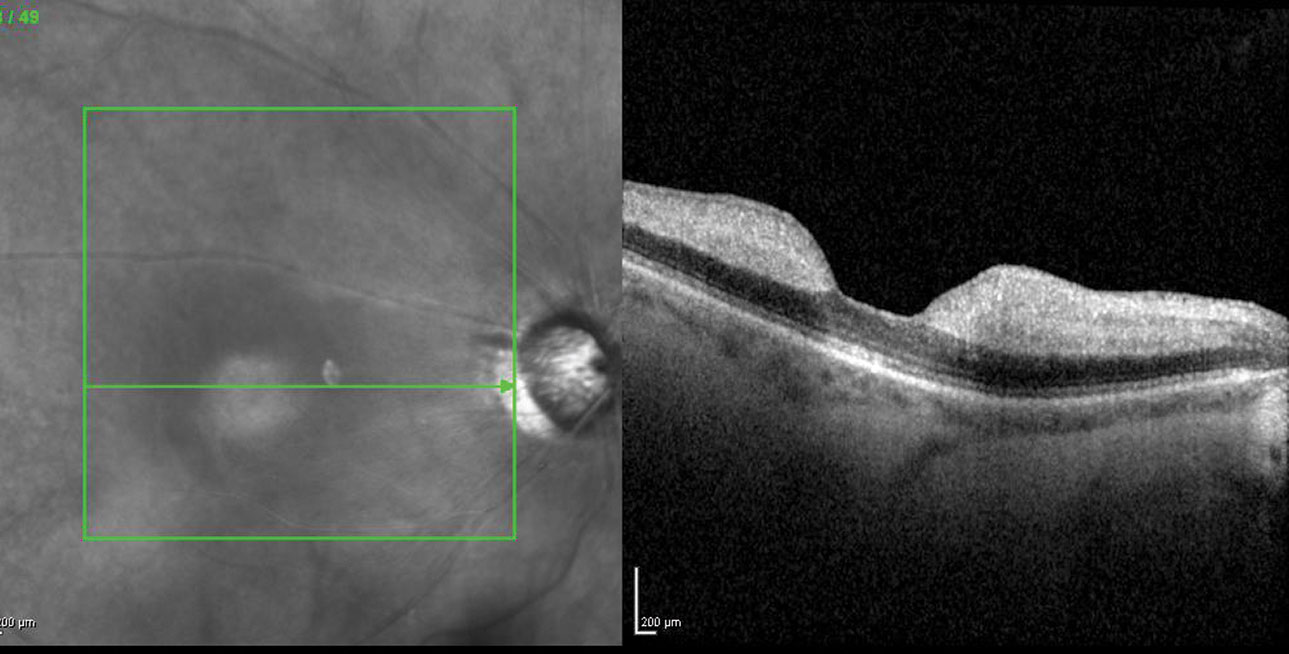 |
Significant changes in either intraocular pressure gradients or hemodynamics predispose patients to RAO. Photo: Diana Shechtman, OD. Click image to enlarge. |
Retinal emboli, the potential cause of retinal artery occlusion (RAO), most frequently originate from the aortic valves in the heart or from plaques in the carotid artery—corresponding with the pathophysiology described for embolic stroke. Accordingly, RAO has been considered a stroke equivalent. Researchers in Denmark recently determined that risk factors for RAO and stroke have differences and similarities, with variations between the two indicating different management options to improve long-term prognosis of affected patients.
The study matched 5,683 patients with RAO on sex, year of birth and age at event with 28,415 patients who had experienced a stroke. The mean age for both groups was 68.4, and 44.5% of patients were female. Of the RAO cohort, 2,338 had branch RAO (BRAO) and 2,881 had central RAO (CRAO).
A stronger association was found between stroke and atrial fibrillation compared with RAO. The researchers believe this indicates that emboli arising from the heart are not the primary cause of RAO. “The reason for this difference between RAO and stroke may be explained by the composition and size of the emboli,” they noted. “But further clinical studies are needed to determine the specific reason.”
Cataract, glaucoma, retinal vein occlusion, arterial hypertension and peripheral arterial disease were all strongly associated with RAO. Furthermore, RAO and glaucoma were strongly associated with changes in the pressure gradients of the eye, including the intraluminal pressure and the intraocular pressure. The researchers noted that this implies that large changes in the pressure gradients of the eye or prolonged changes in the hemodynamics of the retinal arteries predispose a patient to RAO.
The team added that the association with arterial hypertension and peripheral arterial disease is a major risk factor for atherosclerosis and can cause atherothrombotic embolism, which has been described as the main pathogenesis of RAO. The effect of arterial hypertension was strongest in the BRAO participants, while the effect of peripheral arterial disease was stronger in those with CRAO.
The study concluded that the results may shed light on the pathophysiology of RAO and management of the disease.
Ørskov M, Vorum H, Larsen TB, et al. Similarities and differences in systemic risk factors for retinal artery occlusion and stroke: a nationwide case-control study. J Stroke Cerebrovasc Dis. June 27, 2022. [Epub ahead of print]. |


